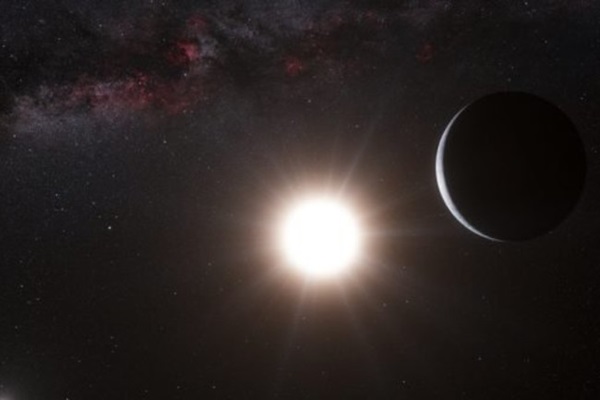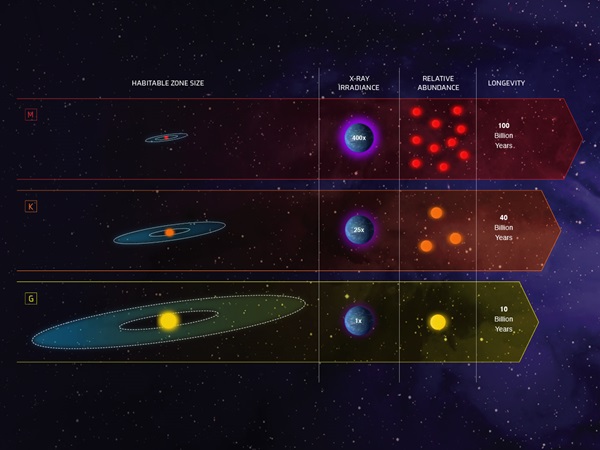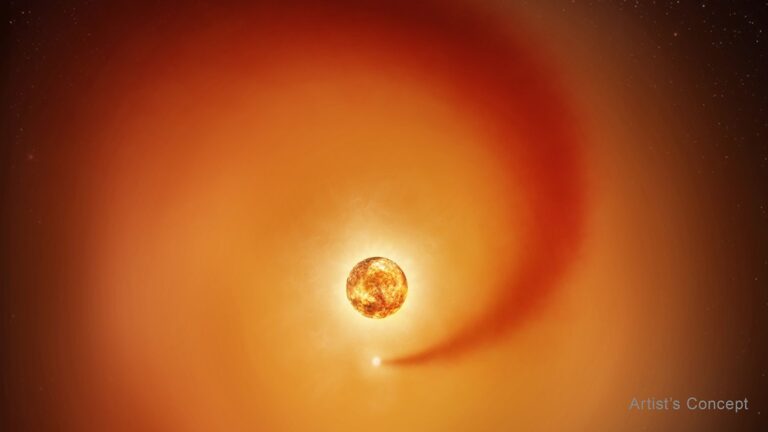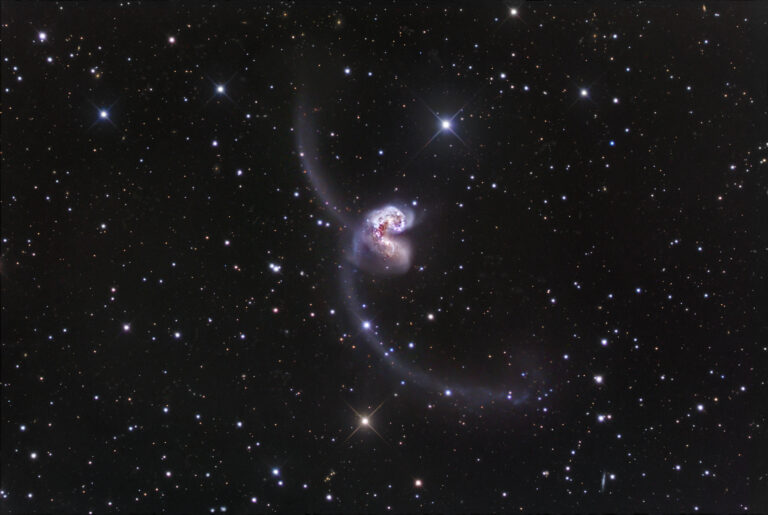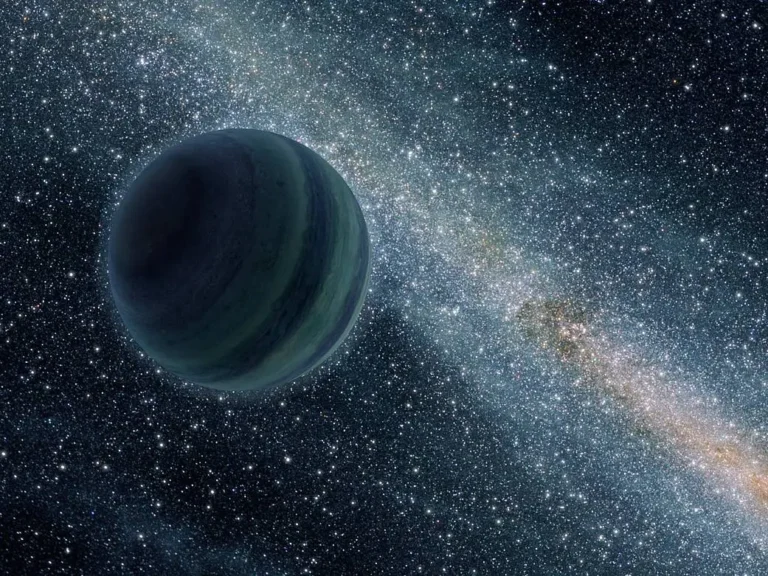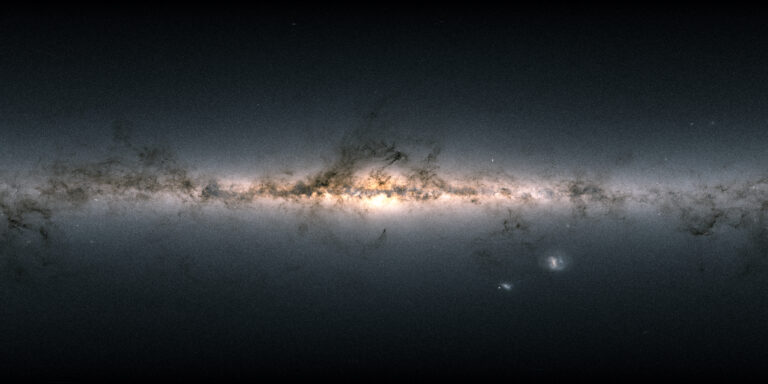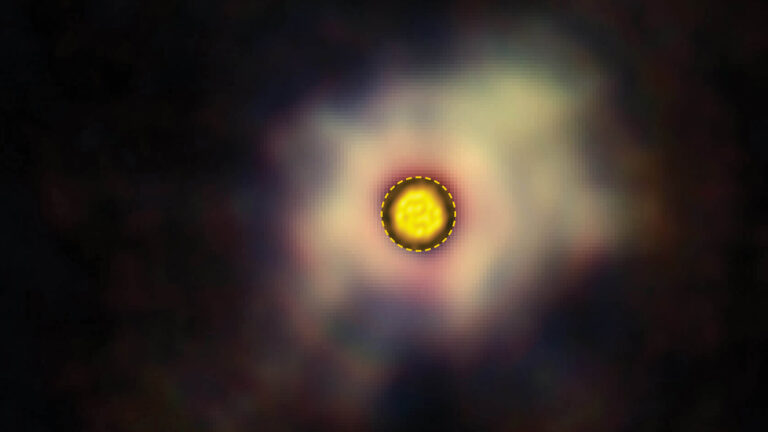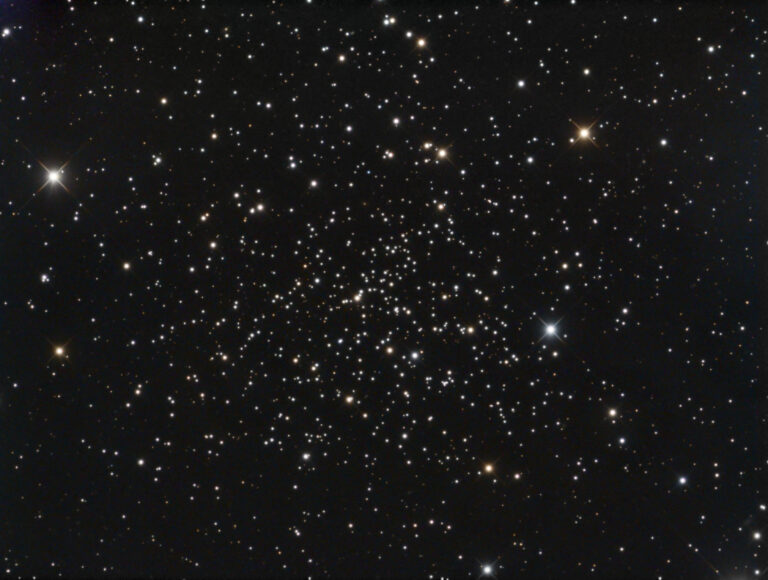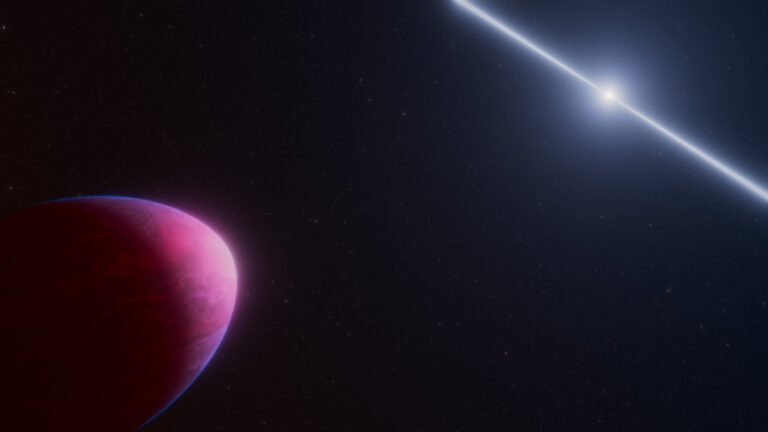Key Takeaways:
In recent years, some astronomers have suggested that a type of dwarf star called K dwarfs may be offer a “sweet spot” for hosting life-friendly planets. Now, a group of researchers has studied a large batch of these red dwarfs to better understand their properties. They also evaluated how hospitable known exoplanets around K dwarfs may be for life.
They presented their findings Wednesday at the 235th meeting of the American Astronomical Society in Honolulu.
Small, red and hospitable
K dwarfs are a type of red dwarf — stars smaller and redder than our sun and other “G-type” stars. But among red dwarfs, they’re the larger ones. Red dwarfs on the smaller end of the spectrum are called M dwarfs.
The majority of stars in the Milky Way galaxy are red dwarfs. For that reason, astronomers have been very interested in learning what surface conditions — and thus the potential for hosting organisms — would be like for planets orbiting these stars. One big concern is that M dwarfs tend to give off a lot of high-energy X-ray and UV radiation, which can be harmful for life.
A goldilocks star
The team also points out that K dwarfs have the added benefit of a longer stable lifetime than G-type stars like the sun.
“There’s nothing wrong with a G star,” Guinan said during a press conference. “They just don’t live too long.”
Stars like our sun spend about 10 billion years in the stable, “main sequence” phases of their lives before ballooning into red giants. But K dwarfs can live for 15 to 45 billion years before growing into red giants, giving planets around them much more time to potentially evolve life and then to keep living things around for longer.
This combination of long life, relatively large numbers and low levels of dangerous radiation make K dwarfs a kind of “Goldilocks” star for researchers searching for extraterrestrial life, the researchers say.

